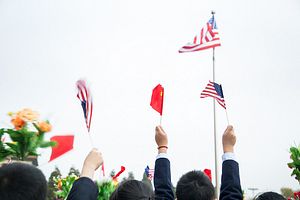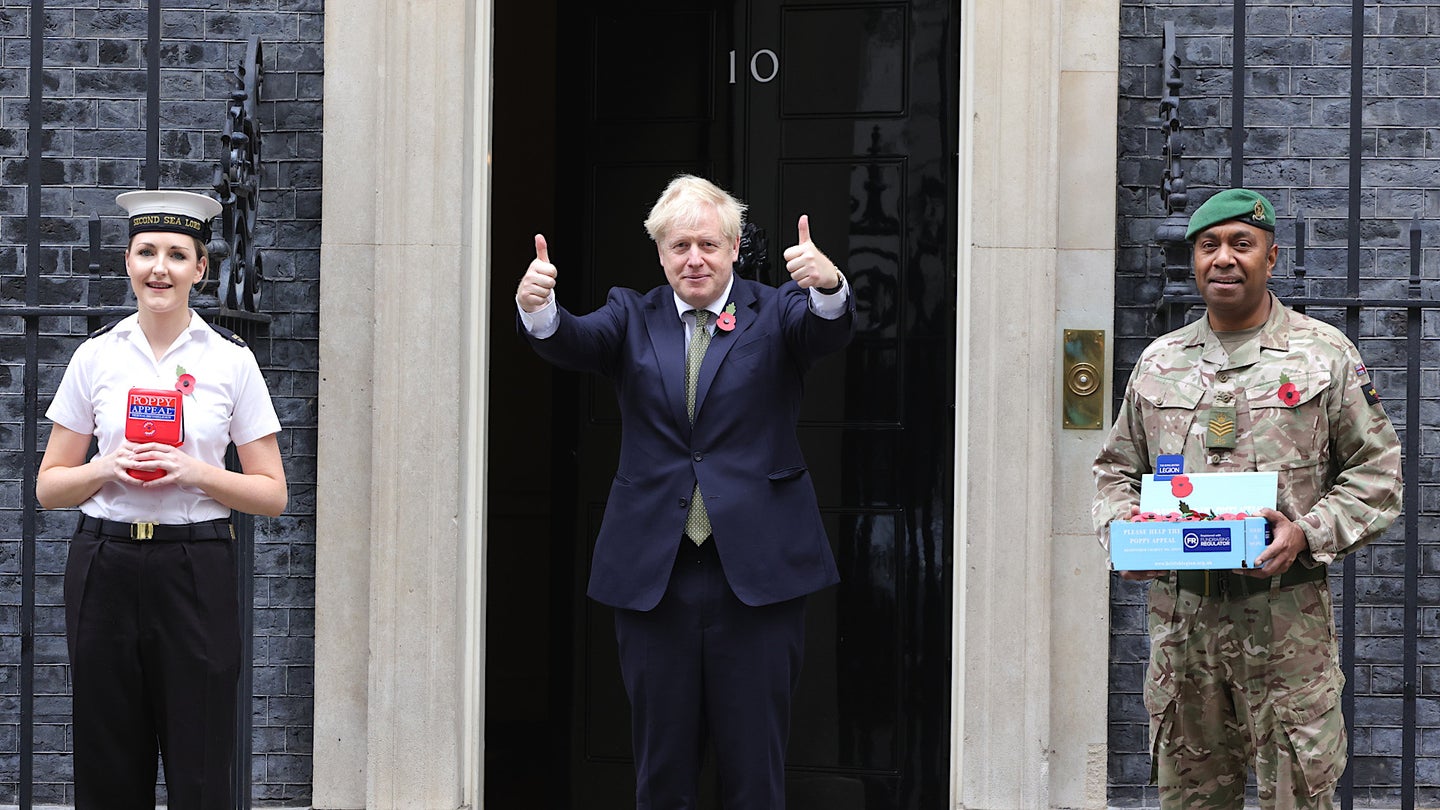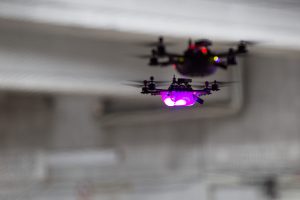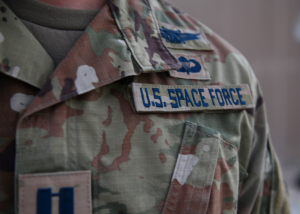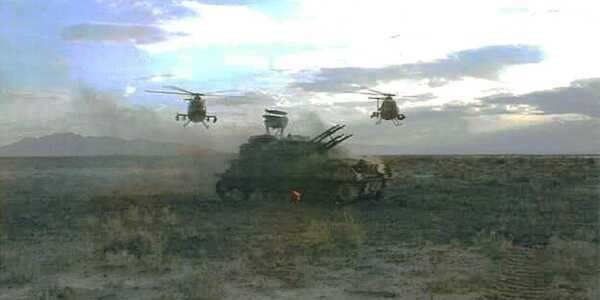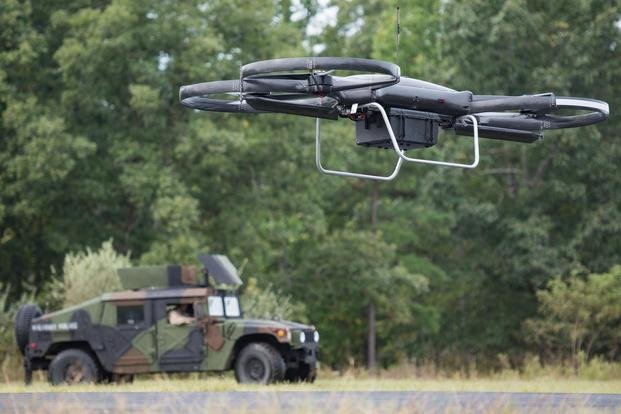BYSHAMBHAVI NAIK
The biotechnology and healthcare sectors will underpin India’s effort to manage the COVID-19 pandemic, revive the economy and maintain long-term economic competitiveness. However, key internal challenges including regulatory opacity, supply chain friction, and shortage of quality talent need to be addressed.
This document analyses the biotechnology and healthcare sectors in India and identifies opportunities created by COVID-19 pandemic and independent of it. We recommend making strategic public investments for increasing research, future pandemic preparation and talent creation. We also propose the formation of a single life-sciences ministry to increase regulatory efficiency and a safe clinical trials framework to allow medical advancement. We further suggest sector-specific financial and regulatory changes in the fields of Bioagriculture, Bioindustry, Bioservices, Biopharma and Bioinformatics


